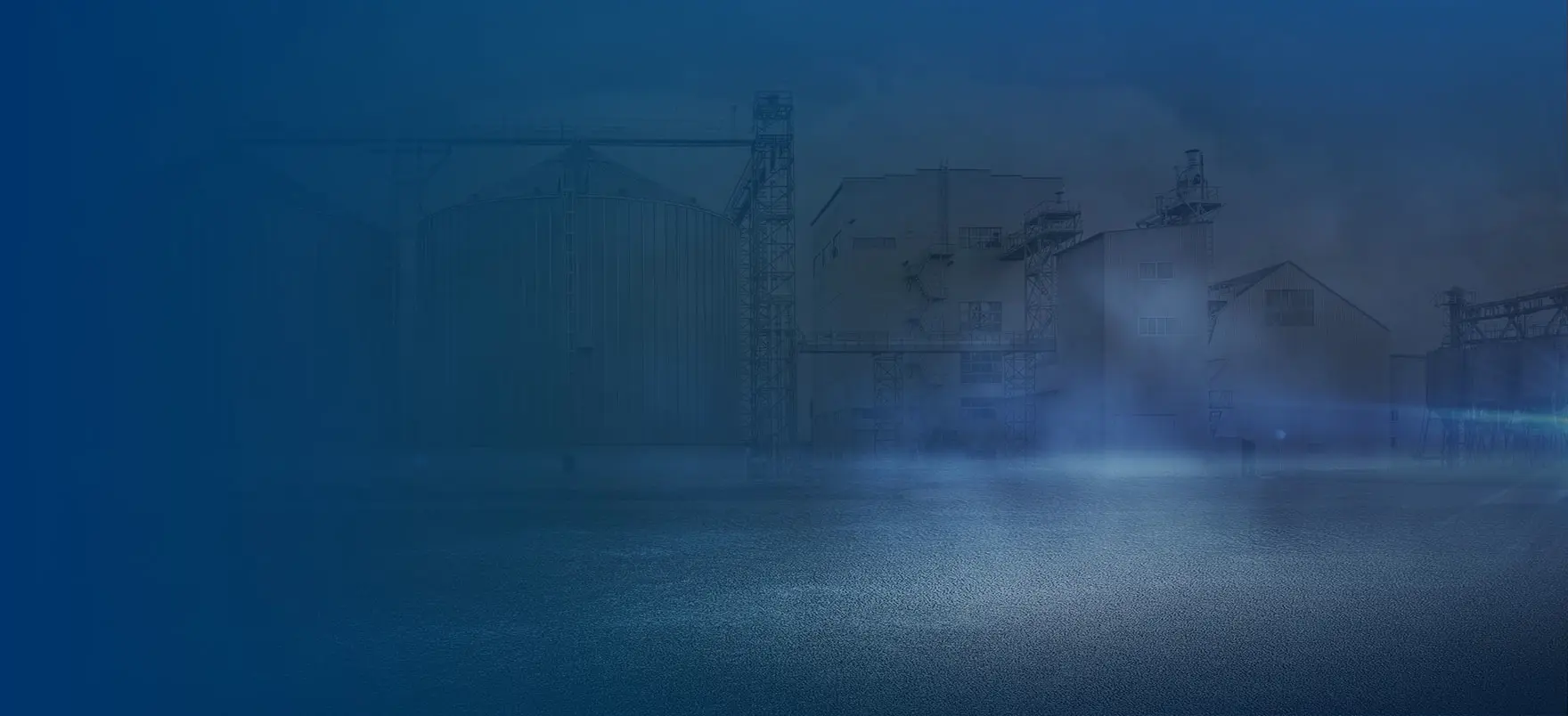
Optimized feed inlets, well-planned conditioners, efficient pelletizing chambers and stable Siemens motors, together with the RICHI Machinery's high-specification body just built, are enough to make it the heart of aquatic feed production.
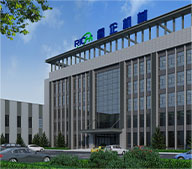
Brand
RICHI
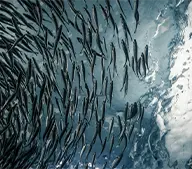
Application
Aquatic
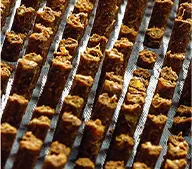
Finished
Pellets
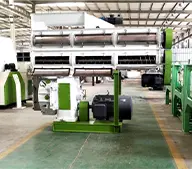
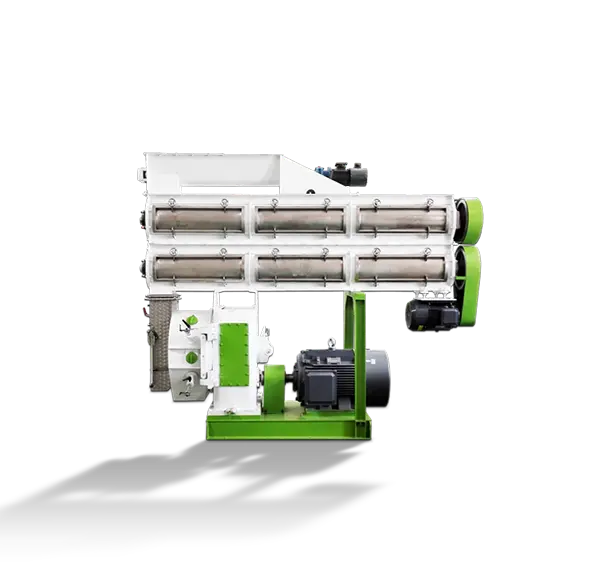
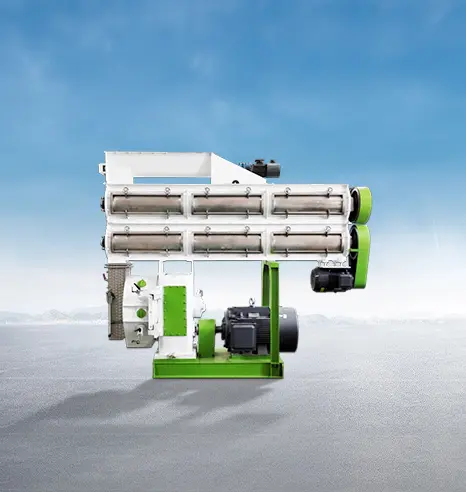
| Model | SZLH250 | SZLH320 | SZLH350 | SZLH420 | SZLH508 | SZLH558 | SZLH678 | SZLH768 |
|---|---|---|---|---|---|---|---|---|
| Main Motor Power(Kw) | 22 | 37 | 55 | 110 | 160 | 185 | 250 | 315 |
| Feeder Power(kw) | 1.1 | 1.5 | 1.5 | 1.5 | 1.5 | 1.5 | 1.5 | 2.2 |
| Conditioner Power(kw) | 1.5 | 4 | 4 | 7.5 | 7.5 | 11 | 11 | 11 |
| Ring Die Inner Diameter (mm) | 250 | 320 | 350 | 420 | 508 | 558 | 673 | 762 |
| Finished Pellets Diameter (mm) | 2~12 | 2~12 | 2~12 | 2~12 | 2~12 | 2~12 | 2~12 | 2~12 |
| Production Output (TPH) | 1.0-1.5 | 3-4 | 5-6 | 10-12 | 15-16 | 20-22 | 30-33 | 38-40 |
Technological innovation is essentially all about customer service. To make you feel the convenience of RICHI's products, technologies and solutions in the process of aquatic feed production.
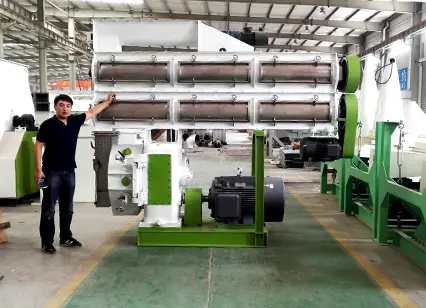
Feeding and conditioning systems
The optimized conditioning system with inverter feeding system improves the safety, nutritional value and maturation of the raw material to a great extent. This improves the overall quality of the feed from the source and ensures healthy feeding.
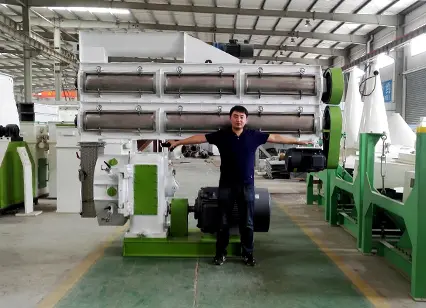
Drive system
High-end Siemens industrial grade drive motor drives the drive shaft of aquatic feed making machine, which is more stable and durable than traditional belt drive. In the long run, this not only improves efficiency but also saves maintenance costs.
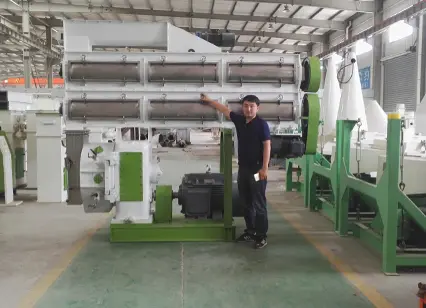
Structure and material
The body of the aquatic feed making machine is made of high quality and high specification alloy steel, which is sturdy and durable, reduces resonance and runs stably. The parts that come into contact with the raw material are made of high grade stainless steel, which does not affect the raw material in any way and greatly improves corrosion resistance.

Control and Safety
Each aquatic feed making machine is equipped with an independent electric control system and safety stop function. It can not only avoid losses caused by perceived errors, but also effectively protect the feed making machine and subsequent production equipment.
Discover our streamlined buying process that makes it simple and efficient for you to get a complete aquatic feed production plant. Every step of the way is customized for your convenience, from the initial schematic design and precise manufacturing process to secure payment options and on-site installation and commissioning. At the same time, our dedicated spare parts service ensures ongoing support and optimal machine performance, giving you peace of mind for years to come.


Solution Formulation
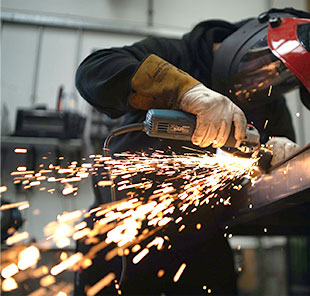
Equipment Manufacture

Secure Payment
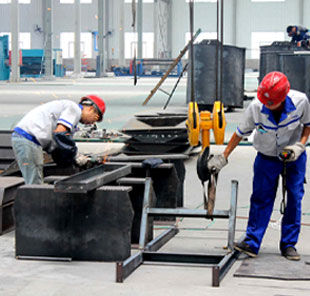
Spare Parts Service
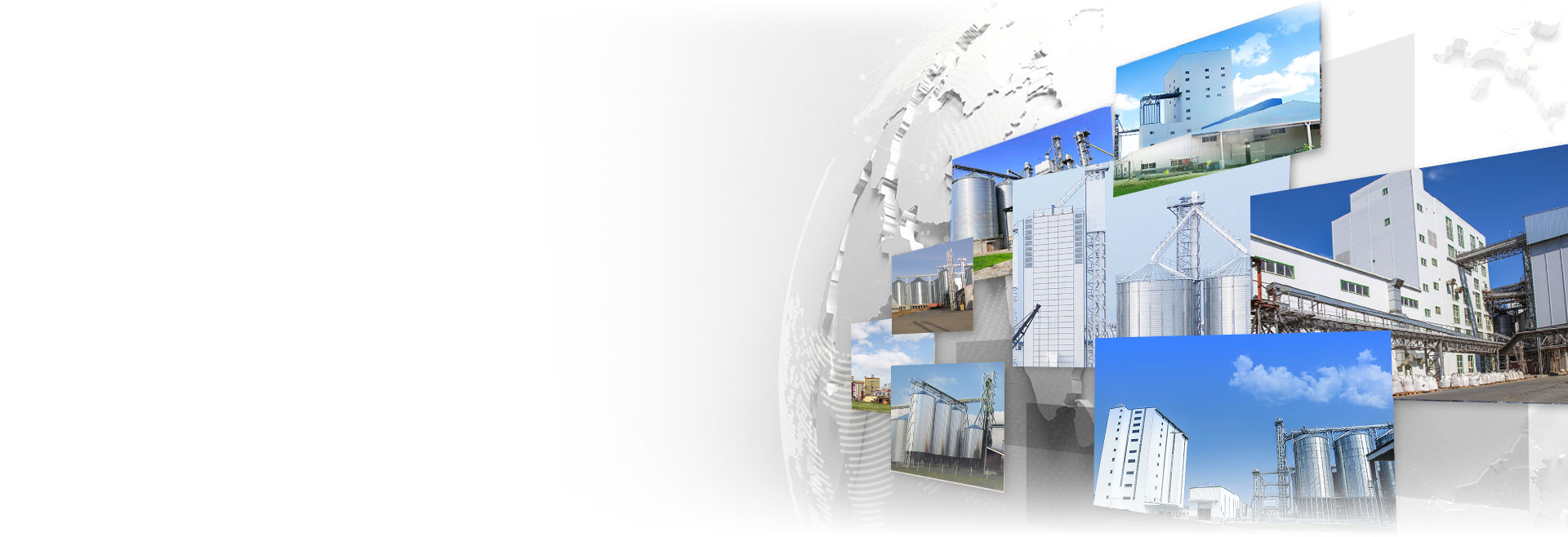
HENAN RICHI MACHINERY CO.,LTD
Henan Richi Machinery Co., Ltd was founded in 1995. After nearly thirty years of development and expansion, RICHI Machinery has grown into a modern enterprise covering an area of 60,000 square meters and integrating independent research and development, production and sales.
The products involve feed pellet machinery and engineering, biomass pellet machinery and engineering, organic fertilizer machinery and engineering, conveying equipment and engineering, steel structure engineering, silo, automation control technology and engineering, etc., and each product series has passed ISO 9001 international quality management system certification and CE certification!
Get Quote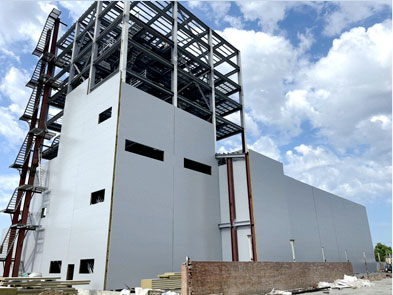

This state-of-the-art equipment supports a wide range of feed formulations for poultry and livestock, improving feed quality and reducing production costs. And its scalable design accommodates future expansion.
Learn More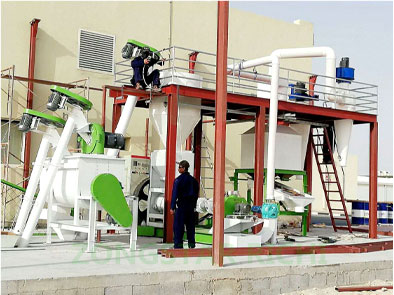

The system is fully automated, enabling seamless operation with minimal labor and supporting sustainable agricultural practices through the use of alfalfa and other forages.
Learn More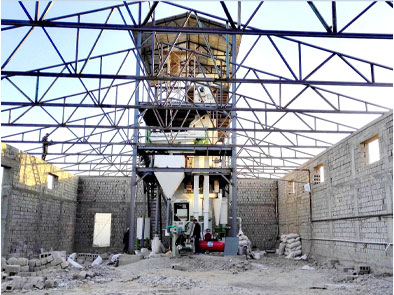

Hardwood residues are processed into durable, high-energy biomass pellets. Designed for industrial production, the system utilizes advanced drying and pelletizing technologies to ensure efficiency and quality.
Learn More

This project is capable of producing fish and shrimp feeds, equipped with precise extrusion technology for superior feed quality. The customer emphasizes its reliability and ease of operation as the main advantages.
Learn More
What kind of aquatic feed plant do you want to establish?
How many tons per hour about this plant you want to build?
Where is this aquatic feed plant going to be built?
When do you plan to start the project?
Additives and medications are typically incorporated into feed pellets by mixing them with the raw ingredients before the extrusion or pelleting process. This ensures that the additives are evenly distributed throughout each pellet. During conditioning, steam or moisture helps bind the ingredients and additives together, enhancing pellet stability and ensuring that each pellet provides a consistent dose of the additive or medication. For sensitive compounds, such as heat-sensitive vitamins or probiotics, the additives may be applied through a post-extrusion coating process to preserve their effectiveness.
In feed production, several environmental factors should be carefully considered to ensure sustainability and reduce ecological impact:
By considering these factors, feed production can be more environmentally friendly, supporting both animal nutrition and ecosystem health.
Yes, aquatic feed-making machines often need to meet specific certifications and standards to ensure safety, quality, and compliance with local and international regulations:
Meeting these certifications not only ensures legal compliance but also builds customer trust by assuring that the machines are safe, high-quality, and eco-friendly for aquatic feed production.
To reduce feed costs using an aquatic feed-making machine, consider these strategies:
Implementing these methods with an aquatic feed-making machine optimizes resources, reduces waste, and ultimately drives down the cost of feed production.
After-sales support for aquatic feed-making machines typically includes the following services:
These services ensure that customers maximize machine efficiency, reduce downtime, and gain peace of mind with long-term technical support.
Pellet hardness affects fish digestion by influencing the ease with which fish can break down and absorb nutrients from the feed. Pellets that are too hard may be difficult for fish to chew or ingest, especially for species with weaker jaws, leading to slower digestion and lower nutrient absorption. On the other hand, overly soft pellets may disintegrate too quickly in water, resulting in nutrient loss and increased waste. Ideally, feed pellets should have a balanced hardness—firm enough to hold their shape in water without breaking down too quickly but soft enough for easy ingestion and digestion by fish.
Yes, aquatic feed-making machines can indeed produce feed with probiotics, enzymes, and special nutrients. These additives are typically mixed with the raw ingredients during the formulation process to ensure even distribution throughout the feed pellets. The extrusion or pelleting process, when carefully controlled, helps maintain the stability and viability of probiotics and sensitive nutrients, making it possible to produce nutritionally enhanced feed that supports the health, digestion, and immunity of aquatic species.
Modern feed-making machines often feature advanced software and digital controls designed to streamline production, enhance precision, and improve overall efficiency. Some common software and digital control features include:
These digital controls and software solutions enhance feed-making machines by improving automation, ensuring quality control, and enabling precise management of resources, which are essential for high-quality, cost-effective feed production.
Extrusion improves the digestibility of aquatic feed by breaking down complex starches and other components in raw ingredients under high heat and pressure. This pre-cooking process gelatinizes starches, making them easier for aquatic animals to digest and absorb. Additionally, extrusion reduces anti-nutritional factors and improves nutrient availability, which supports better growth, feed conversion, and health in aquatic species. This process also contributes to better pellet water stability, reducing nutrient loss and waste in aquatic environments.
Here are some common signs of wear and tear to monitor in aquatic feed-making machines:
Regular inspection and maintenance can prevent these issues from worsening, ensuring a longer life for the machine and consistent feed quality.
If you need further information, please contact us
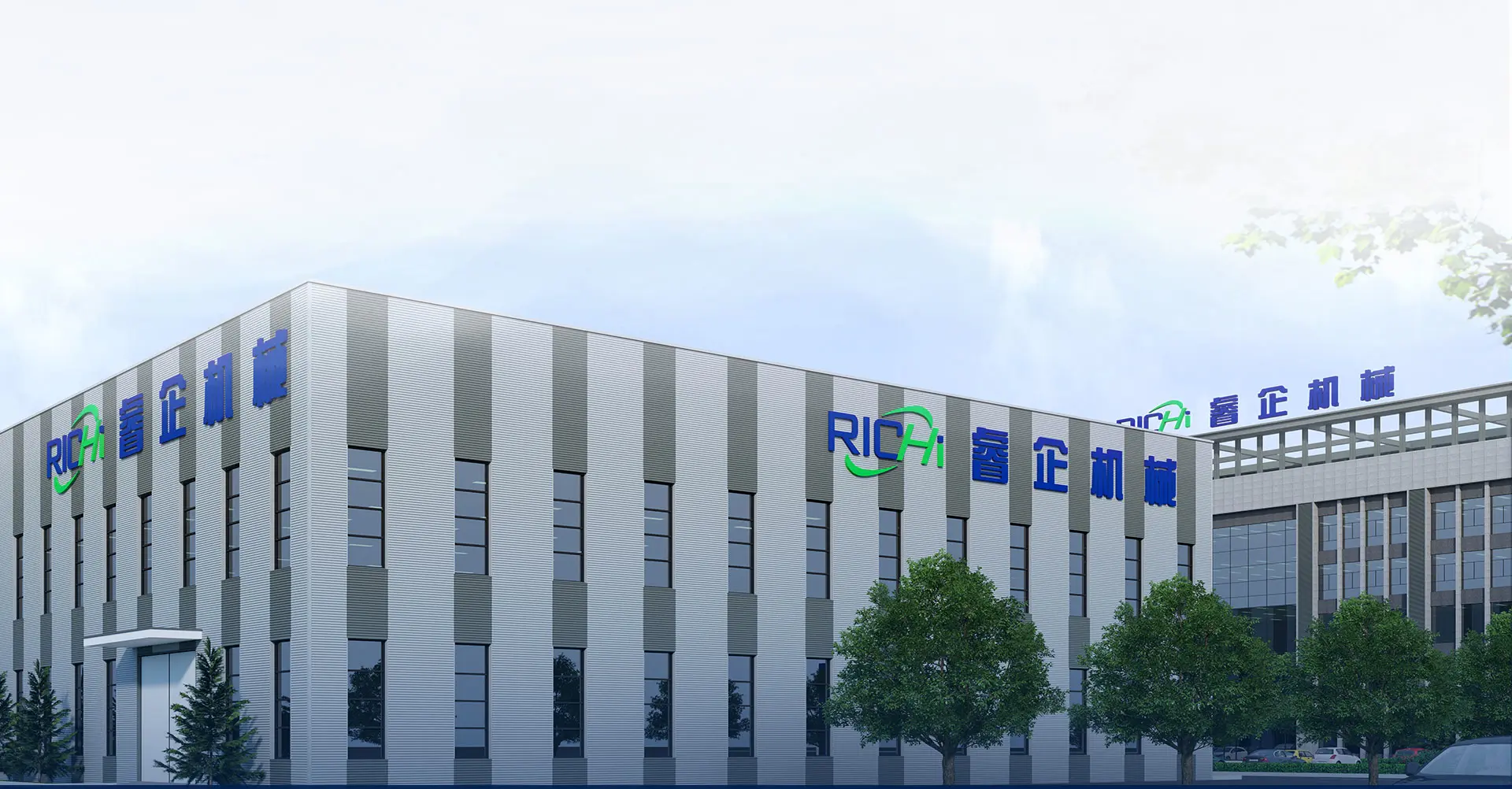
Note: Pellet production is a continuous and complex process, requiring many equipment to complete the production from raw materials to finished pellets. Therefore, it is suitable for commercial projects but not for personal use.

RICHI stick to the service principle is: We are focusing on your future, your future is our future!
© HENAN RICHI MACHINERY CO., LTD 1995-2025